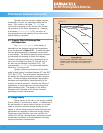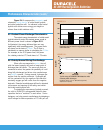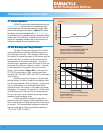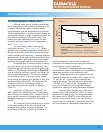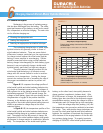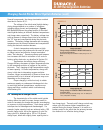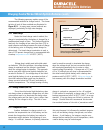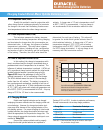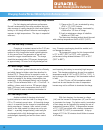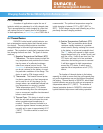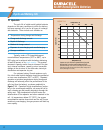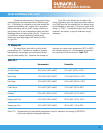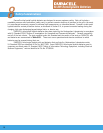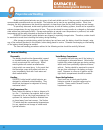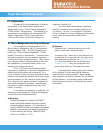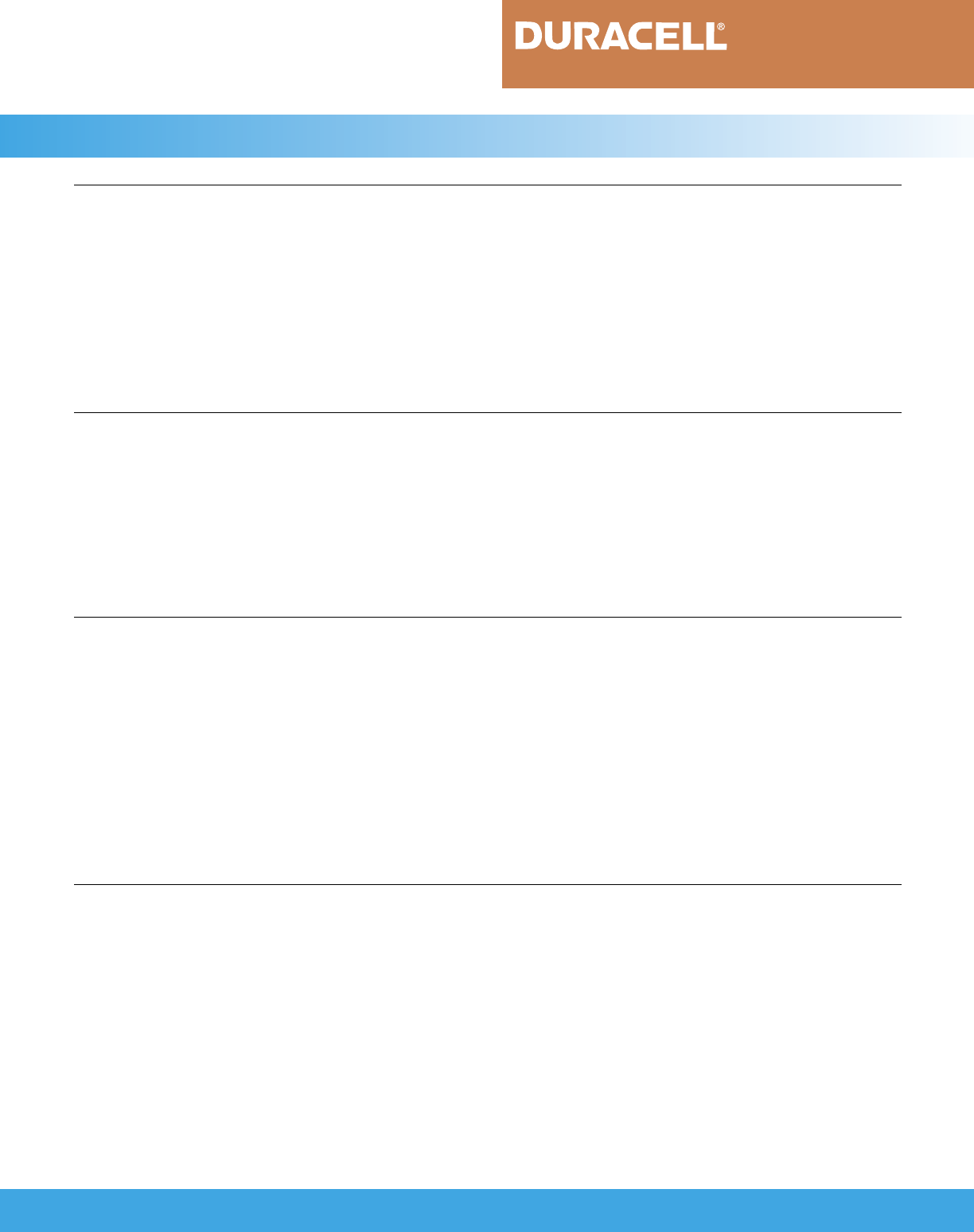
6.3.1 Duracell’s Recommendation: Three-Step Charge Procedure
6.3.2 Low-Rate Charge (≈12 hours)
6.3.3 Quick Charge (≈4 hours)
6.3.4 Fast Charge (≈1 hour)
Ni-MH Rechargeable Batteries
Charging at a constant current at the C/10 rate
with time-limited charge termination is a convenient
method to fully charge nickel-metal hydride batteries.
At this current level, the generation of gas will not
exceed the oxygen recombination rate. The charge
should be terminated after 120 percent charge input,
or approximately 12 hours for a fully discharged bat-
tery. Excessive overcharging should be avoided, as it
can damage the battery.
The temperature range for this charge method
is 0°C to 45°C (32°F to 113°F), with optimum
performance being obtained between 15°C to 30°C
(59°F to 86°F).
Nickel-metal hydride batteries can be efficiently
and safely charged at higher rates than described in
Section 6.3.2. Charge control is required in order to
terminate the charge when the rate of oxygen recombi-
nation is exceeded or the battery temperature rises
excessively. A fully discharged battery can be charged
at the C/3 rate terminated with a -∆V = 10 mV/cell. In
addition, a timer control set to a 120 percent charge
input (3.6 hours) and a temperature cutoff of 60°C
(140°F) should be used as a backup termination to
avoid exposing the battery to excessively high tempera-
tures. This charging method may be used in an ambient
temperature range of 10°C to 45°C (50°F to 113°F). A
top-up charge is not necessary if this termination method
is used.
At the C/3 rate, a dT/dt termination method
should not be used because the rate of temperature
increase may not be sufficient to terminate the charge.
Another method of charging nickel-metal
hydride batteries in even less time is to charge at the
C/2 to 1C constant current rates. At these high charge
rates, it is essential that the charge be terminated early
during overcharge. However, timer control is inade-
quate, as the time needed for charge can not be pre-
dicted — a partially charged battery could easily be
overcharged while a fully discharged one could be
undercharged, depending on how the timer control
is set.
With fast charging, the decrease in voltage
(-∆V) and the increase in temperature (∆T) can be used
to terminate the charge. For better results, termination
of fast charge can be controlled by sensing the rate of
temperature increase (dT/dt). A temperature increase
of 1°C (1.8°F) per minute with a backup temperature
cutoff of 60°C (140°F) is recommended. A top-up
charge of C/10 for 30 minutes should follow to ensure
a full charge.
For fast charging and optimum performance,
Duracell recommends a three-step procedure that pro-
vides a means of rapidly charging a nickel-metal hydride
battery to full charge without excessive overcharging or
exposure to high temperatures. The steps in sequential
order are:
1) Charge at the 1C rate, terminated by using
dT/dt = 1°C(1.8°F) /minute.
2) Apply a C/10 top-up charge, terminated by
a timer after 1/2 hour of charge.
3) Apply a maintenance charge of indefinite
duration at C/300 rate.
The three-step charging method should be used
with a backup temperature cutoff of 60°C (140°F).
15
Charging Sealed Nickel-Metal Hydride Batteries (cont.)



